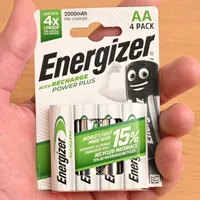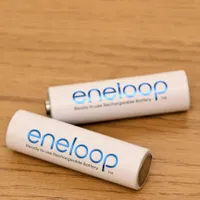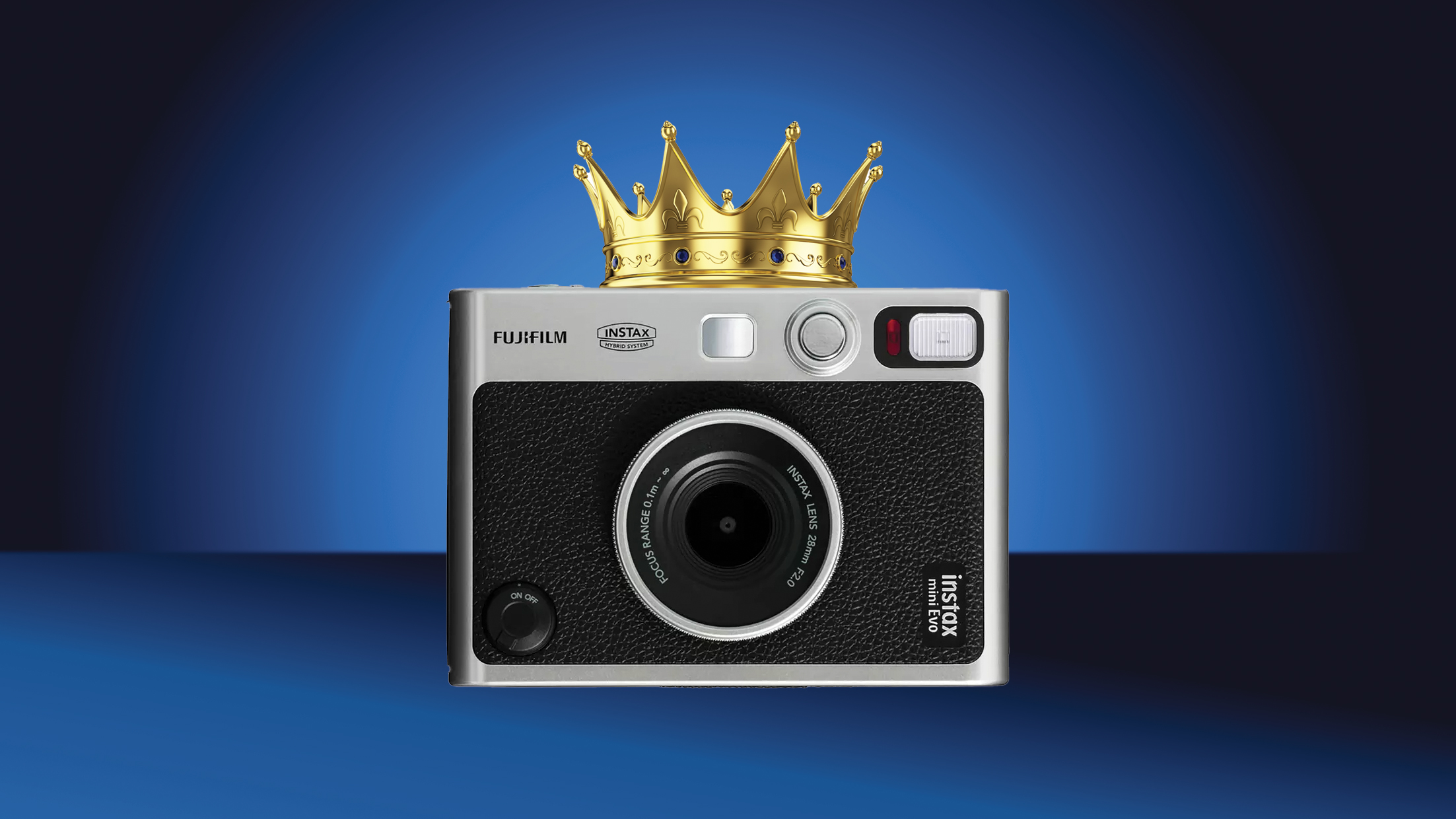Digital Camera World Verdict
I really like these Itson ItsRecharge AA & AAA rechargeable NiMH batteries. They have impeccable eco credentials, come ready-charged and retain their charge when unused almost indefinitely. Better still, they perform excellently, punching above their stated capacities to give long life before they need recharging. They’re pricier than some competitors on the market but I feel I can trust them absolutely when I’m using them on photographic assignments.
Pros
- +
Impressive performance
- +
Particularly eco-friendly
- +
Ultra-slow discharge when unused
Cons
- -
Modest stated capacity
- -
‘Only’ 600 claimed recharge cycles
- -
Pricier than some rivals
Why you can trust Digital Camera World
The Itson name might not be familiar but this new brand has the same parent company as Panasonic Eneloop and Eneloop Pro, which has been my go-to brand for rechargeable Ni-MH batteries for many years. They ushered in a new era, where freshly charged batteries retained their charge for months or even years, rather than going flat in a few weeks, before I got around to actually using them. Itson rechargeable batteries pick up the baton, further stretching eco advantages. They’re designed and manufactured to the highest standards, and that pays off in terms of performance and reliability, vying for a slot in the ranks of the best rechargeable AA batteries and the best rechargeable AAA batteries on the market.
Itson ItsRecharge AA & AAA: Specifications
| Type | NiMH |
| Size | AA / AAA |
| Voltage | 1.2V |
| Capacity | 2000mAh / 800mAh |
| Charge held | 70% after 10 years |
| Recharge up to | 600 times |
Itson ItsRecharge AA & AAA: Price
At the time of writing this review, prices had yet to settle and the batteries were only available from a few suppliers. I’d expect that as a wider range of multi-pack options come on stream, along with the choice of buying them with a charger, prices will change. At the get-go, however, pricing is comparable with other big-name brands like Duracell, Energizer and Panasonic Eneloop / Eneloop Pro.
Itson ItsRecharge AA & AAA: Design & Handling
I always feel that one of the biggest attractions of rechargeable batteries is that they’re more environmentally friendly than single-use disposables. Itson takes everything up a notch in this regard. It starts with sustainable manufacturing and logistics, and the batteries being pre-charged with solar energy. The packaging is entirely made from 100% recyclable cardboard with no use of plastics for the likes of blister packs, and the packaging itself consists of 95% recycled material. Going further still, Itson supports local projects like community gardens, with the aim of transforming urban spaces, purifying the air to reduce pollution, and promoting biodiversity. The company certainly takes green credentials to heart.
I’ve tested a bunch of Chinese rechargeable AA & AAA batteries that are only 20% charged at the manufacturing stage. Safety during transport is often stated as the reason behind this, but it can be frustrating if you have to charge the batteries before first use. I like that the Itson batteries are all charged up and ready to roll. And that’s not the only time-saver. Many rechargeable batteries that I’ve tried from companies including EBL, HiQuick and Powerowl work fine with modestly fast chargers but they feel like they’re being boiled alive with properly fast chargers, which I therefore avoid. I found no such problems with these Itson batteries, which keep their cool even with the fastest chargers on the market, greatly speeding up the process.
When they’re charged up, Itson batteries stay that way. Many manufacturers claim that their batteries retain around 60% of their charge after being unused for two years, up to around 80% after three years. Itson states that its ItsRecharge batteries will retain 70% of their charge even after a huge 10 years of being left on the shelf, which really is quite something. I’ve bought alkaline single-use batteries with a shorter shelf life. The total number of recharge cycles is 600, which doesn’t compare too favorably with the 2100 times of some NiMH batteries. Naturally, I’m not able to compare different batteries in this respect, within the time constraints of writing reviews. Even so, if I needed to recharge the Itson batteries once every single week, that still gives a longevity of 11 years and 6 months. I’d be perfectly happy with that.
The stated capacity of the Itson ItsRecharge batteries is 2000mAh for AA and 800mAh for AAA. That’s an exact match for Panasonic Eneloop alternatives and falls short of some cheaper batteries on the market, which often stretch to 2800mAh for AA and 1100mAh for AAA. It’s easy to feel short-changed in the capacity Vs price stakes, but let’s see how things work out in practice.

Itson ItsRecharge AA & AAA: Performance
To test the ItsRecharge AA batteries in a typical photographic context (we’re Digital Camera World, after all), I put a set of four freshly charged cells in my Nikon SB-700 Speedlight flashgun. I fired off a series of full-power flashes in sets of 100 shots, pausing after each for a cooling-off period, for both the flashgun and the batteries. Recycle speeds kicked off at an impressive 2.2 seconds, dropping to a still very respectable 2.7 seconds after 100 flashes. That’s way better than the 7 seconds for alkaline single-use batteries after 50 shots, and 13 seconds after 100 shots. In a photographic context when using a flashgun, the speed advantage can make the difference between capturing a definitive moment and missing it altogether.
The best camera deals, reviews, product advice, and unmissable photography news, direct to your inbox!
Better still, the Itson batteries powered through to 260 flashes before they were exhausted, still delivering 3.1 second recycling speeds around the 200 mark, whereas alkaline batteries were completely wasted after 117 flashes. Interestingly, the 260 flashes isn’t far short of the 280 to 290 flashes that I’ve experienced with some Ni-MH batteries that have a far higher 2800mAh stated capacity.

The same goes for the AAA batteries, which powered my high-powered LED flashlight for 75 minutes. Again, that’s not much less than the 85 minutes I’ve come to expect from higher-capacity 1100mAh NiMH batteries from other manufacturers. All in all, I’m starting to take claimed capacities of Ni-MH batteries with a pinch of salt, and these Itson cells have more stamina than the ratings would suggest. It’s another win.
Itson ItsRecharge AA & AAA: Verdict
The Itson ItsRecharge AA & AAA batteries give me everything I want and more from the latest NiMH rechargeable batteries. They come fully charged with top-rank eco credentials, retain their charge for a decade when sitting on the shelf and deliver excellent performance in terms of power delivery and stamina. I also like that I can recharge them in really high-speed chargers without them getting overly hot and giving cause for concern. Sure, they’re not the cheapest rechargeable batteries on the market but, all things considered, I’m happy to pay the extra. Power to the people!
Should you buy the Itson ItsRecharge AA & AAA?
✅ Buy this...
- You want rechargeable batteries that go the extra mile in eco-friendliness, and work fine with super-fast chargers.
- You feel the need to have rechargeable batteries that retain their charge almost indefinitely when unused.
🚫 Don't buy this...
- You’d rather spend less on alternative rechargeable batteries that have a higher stated capacity.
- You’re happy to buy rechargeable batteries that don’t get overly hot when charged in a super-fast charger.
Alternatives
The Energizer Recharge Power Plus AA & AAA NiMH batteries have the same stated capacity of 2000mAh for AA, but a slightly lower 700mAh for AAA. The discharge rate when unused is unspecified.
Panasonic Eneloop AA & AAA are one of the longest-established and best-known low-discharge NiMH batteries on the market. They deliver virtually identical performance to the Itson ItsRecharge cells.
See also our Itson ItsRecharge Pro AA & AAA battery review
Matthew Richards is a photographer and journalist who has spent years using and reviewing all manner of photo gear. He is Digital Camera World's principal lens reviewer – and has tested more primes and zooms than most people have had hot dinners!
His expertise with equipment doesn’t end there, though. He is also an encyclopedia when it comes to all manner of cameras, camera holsters and bags, flashguns, tripods and heads, printers, papers and inks, and just about anything imaging-related.
In an earlier life he was a broadcast engineer at the BBC, as well as a former editor of PC Guide.











